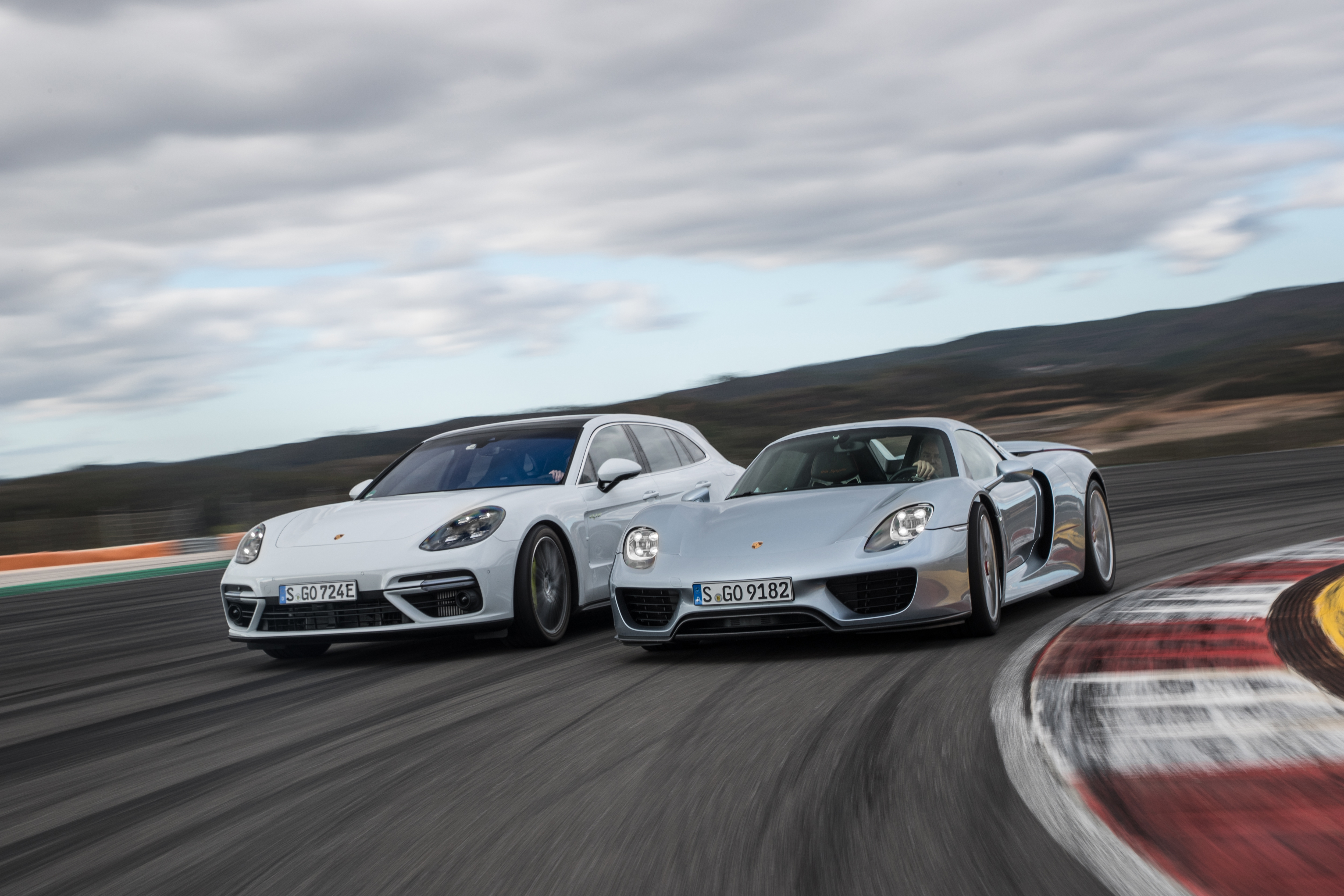The Porsche 911 is part of an elite club of sportscars whose iconic status is simply not up for debate.
Having endured for the better part of 60 years, the 911 took the foundation set by the 356, and cemented itself and its manufacturer as one of the most prestigious sports car brands out there.
But, while ‘911’ is to Porsche what Hoover is to vacuum cleaners, that’s not to say that the engineers in the factory haven’t produced some other equally impressive vehicles over the years.
Here are the best non-911 Porsches to have ever rolled off the production line.
Boxster/Cayman
 When the Boxster first arrived on the scene in 1996, it was looked down upon in some circles for being the Porsche aimed at those who couldn’t afford a 911.
When the Boxster first arrived on the scene in 1996, it was looked down upon in some circles for being the Porsche aimed at those who couldn’t afford a 911.
However, as the years went on, the capabilities of this mid-engined drop top grew to be appreciated, with the eventual addition of the hardtop Cayman furthering the appeal of the Boxster platform.
Now labelled collectively as the 718, the Cayman and Boxster have proven themselves to be extremely capable, especially in variants such as the track-focussed GT4.
Cayenne
 The Cayenne SUV was a bold choice for the marque, flying in the face of what purists saw as the brand’s identity. The perception of the Cayenne being a turn away from what Porsche had been known for to that point was not helped by the fact that a factory Le Mans racing programme was scrapped in favour of the Cayenne.
The Cayenne SUV was a bold choice for the marque, flying in the face of what purists saw as the brand’s identity. The perception of the Cayenne being a turn away from what Porsche had been known for to that point was not helped by the fact that a factory Le Mans racing programme was scrapped in favour of the Cayenne.
However, this move has absolutely paid off. Not only is the Cayenne extremely capable, but – alongside the Boxster – its impressive sales helped Porsche thoroughly remove itself from a raft of early to mid-1990s financial strife.
Carrera GT
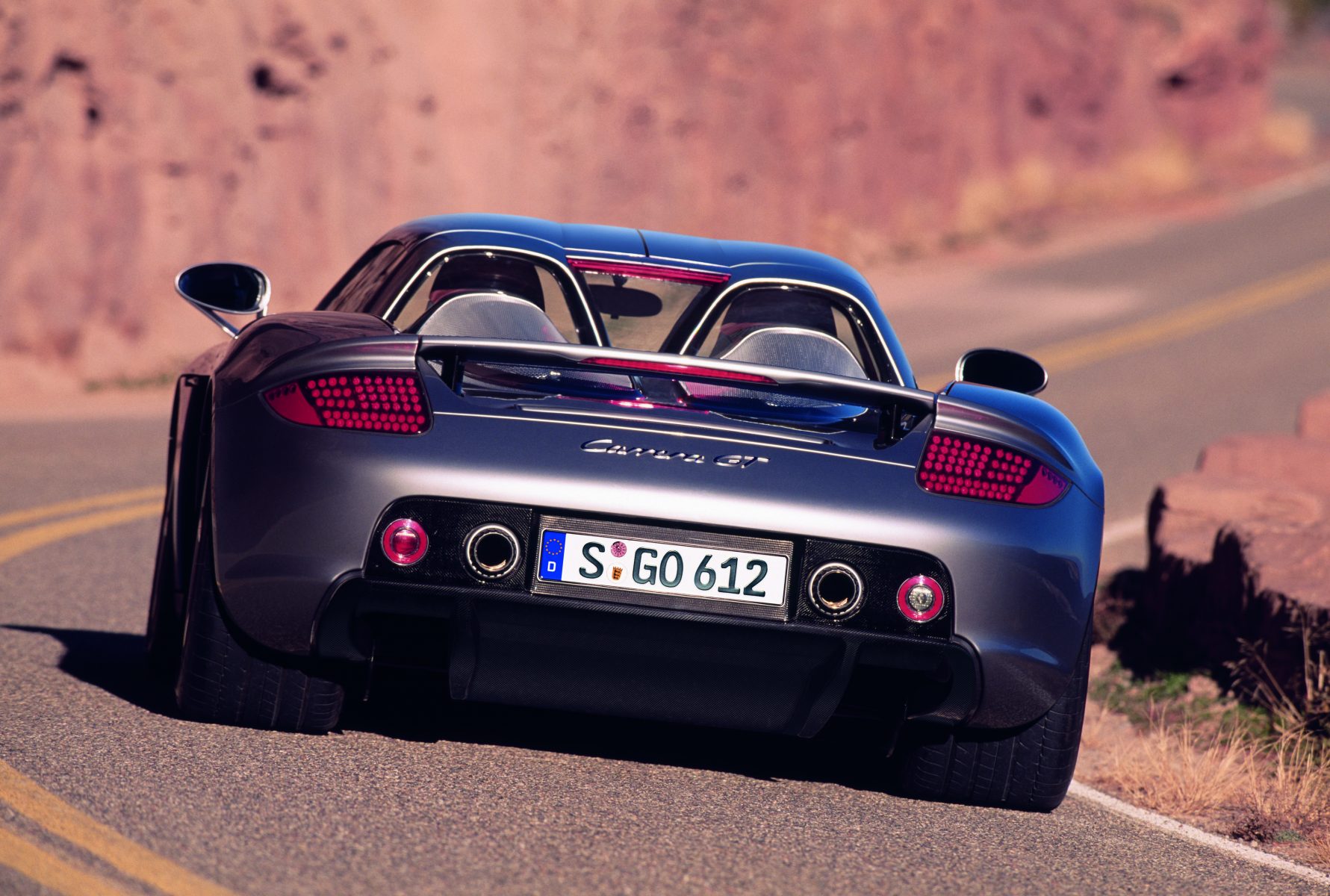 While the Cayenne did mean the end of a racing programme at the eleventh hour, the hard work of the engineers wasn’t put to waste.
While the Cayenne did mean the end of a racing programme at the eleventh hour, the hard work of the engineers wasn’t put to waste.
The 5.7-litre V10 from the scrapped Le Mans car soon found its way into the Carrera GT concept in 2000. The response to this vision of a Porsche supercar was so positive that it was put into production in 2003, and quickly became renowned as one of the most visceral, intense driving experiences in 21st century motoring.
While its spiritual predecessor – the 959 – was largely 911-based, the Carrera GT danced to the beat of its own drum, and let any doubters know that Porsche could still produce magic, even if they were now producing SUVs to keep the bookkeepers happy.
968
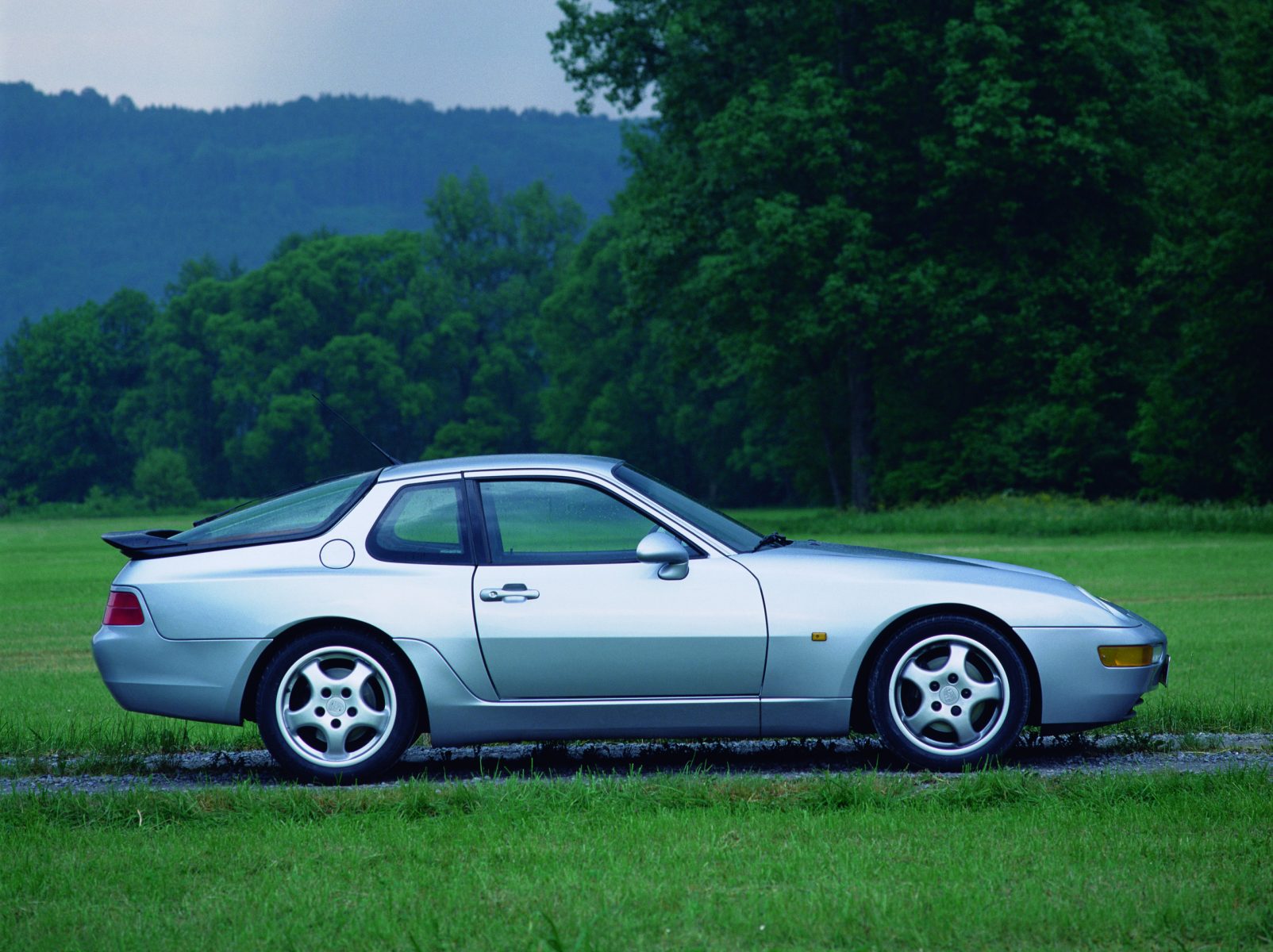 When it comes to Porsche’s front-engined offering of the late 70s, 80s and early 90s, it seems that time has done a lot to make the heart grow fonder.
When it comes to Porsche’s front-engined offering of the late 70s, 80s and early 90s, it seems that time has done a lot to make the heart grow fonder.
Many customers rejected the 928 – which was pitched as the brand’s new flagship, much to the chagrin of fans and customers – and the other front-engined cars produced by the firm at the time.
However, the last of the breed – the 968 – has become something of a cult classic, with fans growing to recognise its impressive chassis dynamics and 3.0-litre inline-4 engine, which was particularly potent in the later turbocharged variants.
918 Spyder
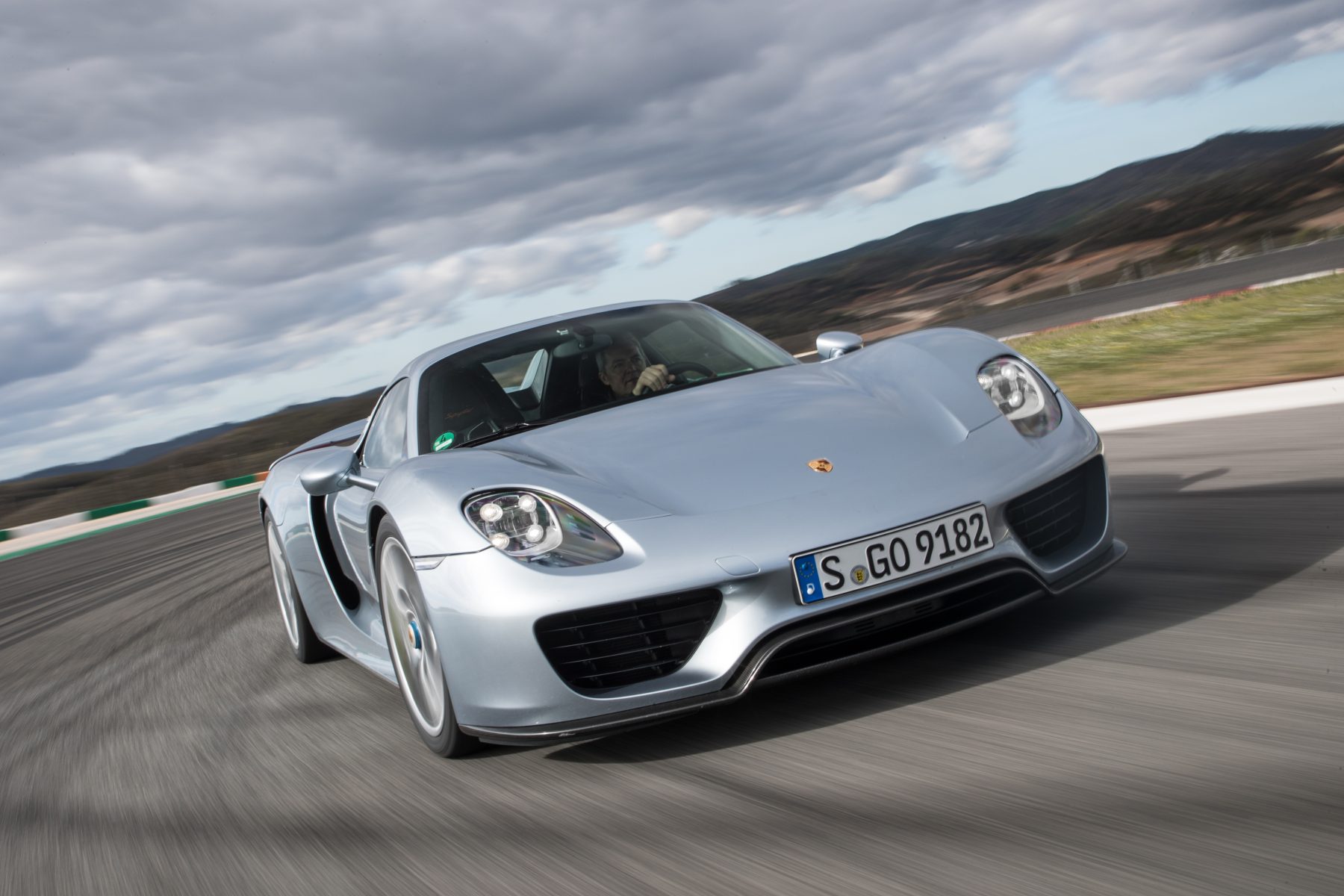 To say that the 918 Spyder had a lot to live up to is perhaps the mother of all understatements.
To say that the 918 Spyder had a lot to live up to is perhaps the mother of all understatements.
Not only was its most obvious predecessor the spectacular Carrera GT, but the 918 nomenclature meant it was also being angled to evoke the spectacular 917 Le Mans race car.
Much like the Carrera GT, the 918 borrowed its 600bhp, 4.6-litre V8 engine from the racing side of the Stuttgart stable; specifically, the RS Spyder of the late-2000s. Deciding this simply wasn’t enough for a flagship hypercar, it was then combined with two electric motors, which added an extra 282bhp.
The result? A combined 875bhp, and courtesy of featherweight construction, the 918 could attack any track or twisty road with aplomb, and accelerate from 0-60mph in 2.5 seconds, ultimately continuing on to a top speed of 214mph.
356
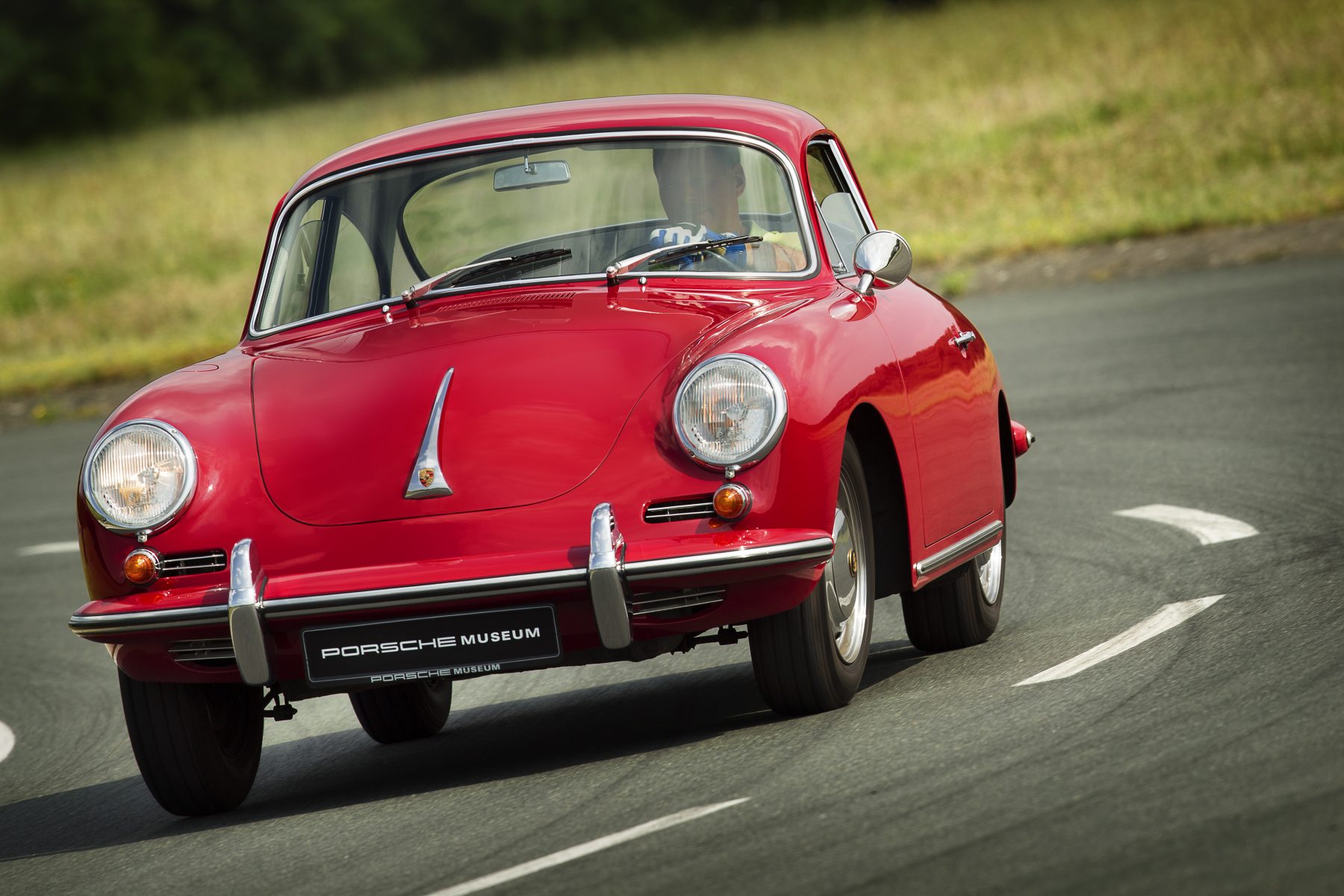 While it would be a bold move to argue in favour of this Porsche being the best, it is certainly the original.
While it would be a bold move to argue in favour of this Porsche being the best, it is certainly the original.
First arriving in 1948, the 356 was the first production automobile from Porsche, a name which had already established itself thanks to Ferdinand Porsche Sr.’s work on the likes of the Volkswagen Beetle and Auto Union Grand Prix ‘silver arrows’.
His son ‘Ferry’ then kicked the brand off as a manufacturer with the 356, which was heavily based on the Beetle, and started a legacy that includes its replacement, the 911.
Panamera
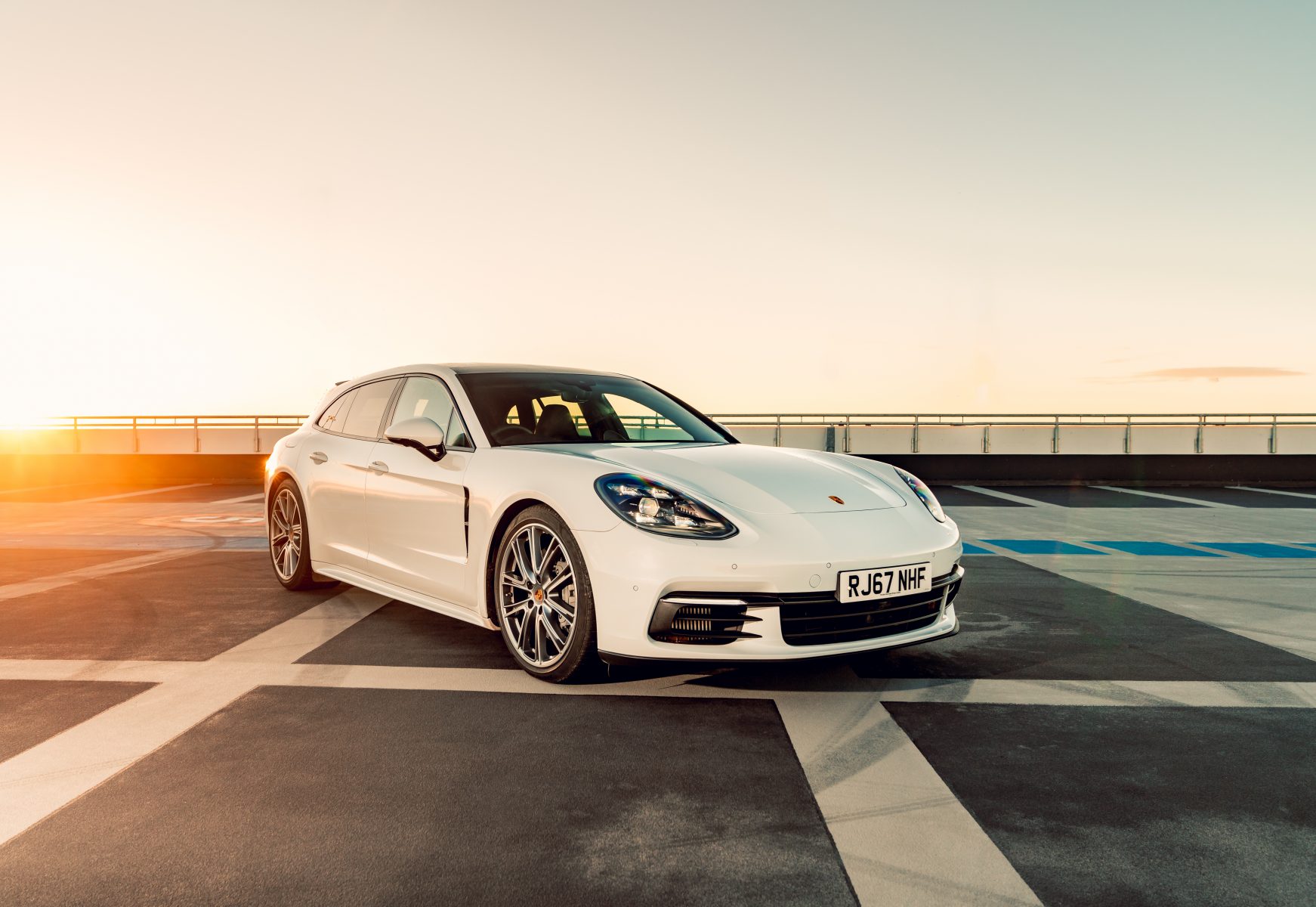 Porsche had been experimenting with the idea of a saloon-style car long before the arrival of this car, as can be seen courtesy of the 989 concept of the late-1980s.
Porsche had been experimenting with the idea of a saloon-style car long before the arrival of this car, as can be seen courtesy of the 989 concept of the late-1980s.
Introduced in 2010, the Panamera faced some criticism for its dumpy styling, which would ultimately be rectified when the second-generation model was introduced in 2017.
However, regardless of the look, the Panamera has always been acknowledged as an extremely capable car in the bends, and serves as further proof that Porsche is anything but a one-trick pony.

